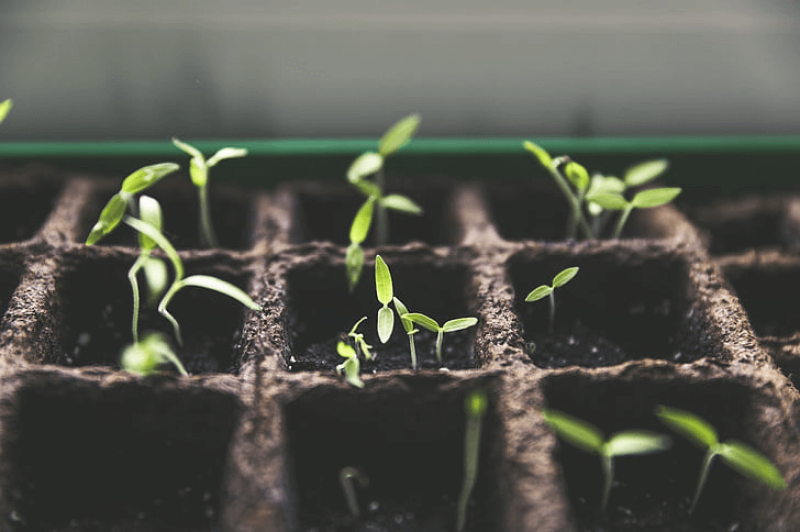Finding the best genetic characteristics of a crop one season at a time through traditional plant breeding was like finding, “a needle in a haystack,” according to Michael Kovach, head of North American hybrid product development for Bayer.
But with technological developments that make precision breeding now possible along with the use of greenhouses to create multiple crop seasons in a single year, researchers can accelerate plant breeding to deliver more benefits to farmers and consumers.
Bayer plant researchers also utilize seed chipping and genotyping to test every seed before it is planted in research trials. The process involves removing a small chip from each seed and extracting its DNA.
“We can screen millions of individual seeds. Before it germinates, we can tell what the potential will be,” said Maria Monteros, North American varietal breeding lead at Bayer.
…
The combination of all the accelerated plant breeding techniques shortens the time it takes to develop a new crop trait from about seven to eight years down to less than five years in the future pipeline, he noted. This does not count the regulatory process.
Bayer invests about $2.6 billion annually for ag research and development. Advancements in crop breeding allow farmers to produce more on less land and with fewer resources, which helps the planet, Monteros said.































